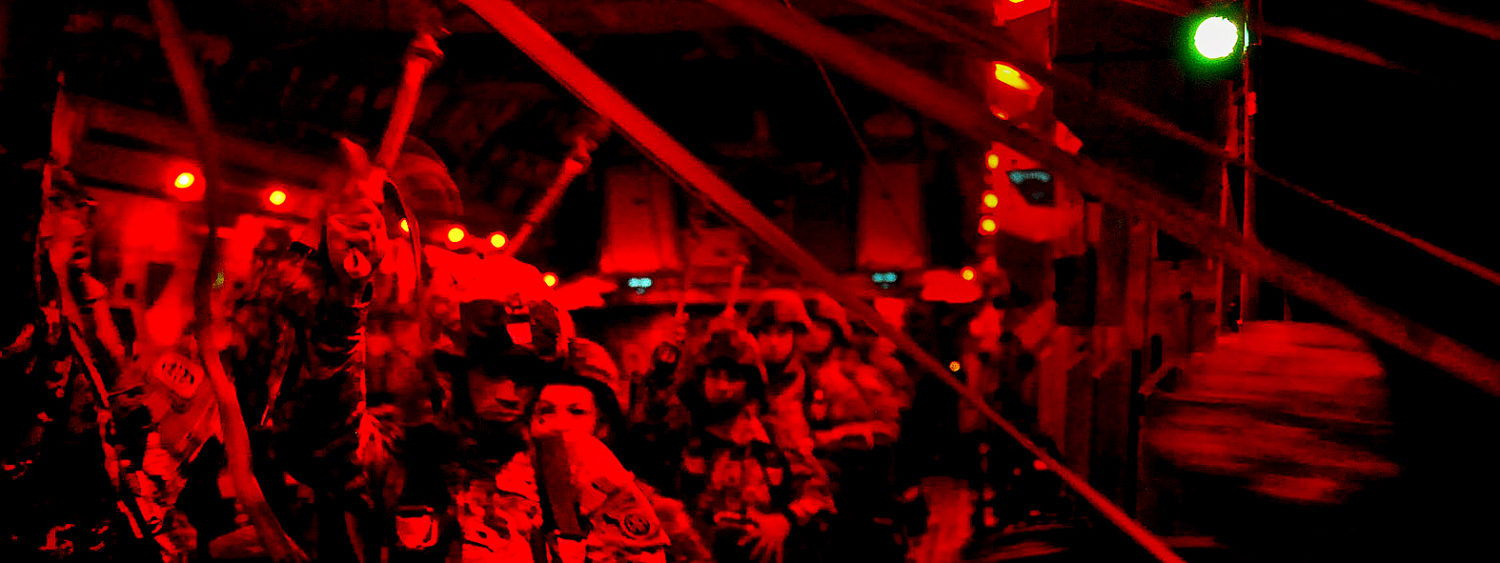Your change of command is now only a few weeks away. You have wisely taken the time to think deeply, ask smart questions, and observe how the company currently operates. Now it is time to develop your vision, command philosophy, and 90 Day Agenda.


Your change of command is now only a few weeks away. You have wisely taken the time to think deeply, ask smart questions, and observe how the company currently operates. Now it is time to develop your vision, command philosophy, and 90 Day Agenda.

Each year, cadets and candidates decide which branch they will serve in for the next four to twenty-plus years. The Army floods them with data, information, and knowledge through branch orientations, first-hand accounts, and observations. Some make their decisions easily, guided by personal career goals, family traditions, or branch-specific interests. Others feel that they are making a momentous decision without complete understanding of the options before them.
Army Doctrine Publication (ADP) 6-0 Mission Command, chapter 2 briefly describes the Army’s approach to decision making. “Decision making requires knowing if, when, and what to decide as well as understanding the consequences of that decision.” Understanding, critical to the decision-making process, is also described as the highest echelon of meaning in the knowledge/information management hierarchy (see figure 2.1, ADP 6-0). Achieving understanding requires processing data, analyzing information, and applying judgement to knowledge. Ideally, understanding will, “enable decision making, and drive action.”

David was between 16 and 20 years old. He was still very much a young man. The wilds of Palestine were not safe, leaving him to defend his flock of sheep from lions, bears, and wolves with the very same sling he now readied. Moving forward, he gathered some stones from a nearby creek and considered his opponent. There was no wild animal here. A towering giant stood before him, his armor weighing almost as much as the young man himself. Closing the distance, David let loose his stone and struck Goliath down. As he cut his head off, Goliath’s Philistine army, previously so defiant, fled as they were cut down by David’s countrymen. How does the death of one man, and the triumph of another, have the power to move armies and determine battles?

What is leadership? It is the role of inspiring, helping and guiding people. It can be direct or indirect and its effect may be largely unknown and unseen by the leader as the true impact lies within the led. It is distinct from management in that it deals directly with people, not issues. The ability to combine both true quality leadership and intelligent effective management is a rare skill and should be nurtured and supported whenever it occurs.

The deaths of George Floyd and Breonna Taylor have sparked a national wave of public protests. It has sparked, among other things, a national conversation around law enforcement response and deadly force. These incidents, at their core, involve an illegal and inappropriate use of force. As America discusses how to handle policing, DoD leaders should also look critically at use of force within the military.

NCOs and officers work for years to achieve the privilege of leading a company of soldiers. For many, the opportunity to shape the culture, operations, training, and leadership of a company is a career highlight. Few up-and-coming leaders, however, aspire to lead a Headquarters and Headquarters Company (HHC). This phenomenon is understandable. HHCs present unique challenges and leadership dynamics that are unfamiliar and uncomfortable to many leaders.

At the National Training Center, we spend time assisting units to build their understanding of doctrine, the operations process, the science of control, and the fundamentals our units must execute on the modern battlefield. While critical to our success on future battlefields, some rotational units overlook the most critical element of combat power: leadership.

If you’re an Army professional, you’ve probably experienced this scenario: You’ve subscribed to a litany of military social media outlets and other mediums that perpetuate a nearly constant stream of leadership focused articles. Each time one pops up, you open it…wondering what you can learn to become a better leader. While many are helpful and provide niche comments on ways to improve, they often miss the primary point of Army leadership: To inspire others to risk their lives to accomplish missions of importance to the Nation.

During the crucible of training for Large Scale Combat Operations at the National Training Center (NTC), leaders face conditions that are impossible to replicate at home station. Time, distance, the pace of operations, the desert environment, and a ruthless, thinking opposing force combine to challenge the Brigade Combat Teams in unforeseen ways.

It was a dry, hot day in August 2017 at the U.S. Army’s National Training Center in Fort Irwin, California. I was a Squadron Commander on mission in the middle of my unit’s rotation. Located on the key piece of terrain known as Hill 760, the position provided a good perspective of the battlefield as my Squadron conducted a zone reconnaissance from the Siberian Ridge, reconnoitering several avenues of approach towards Hill 780, Hill 800 and the Iron Triangle. The brigade was attacking to seize its main objective – the city of Razish. At this moment, two battalions were locked in a street to street, corner to corner fight inside the city. A crackle came over the radio with the brigade commander ordering the brigade reserve into the melee and for my Bravo Troop to assume the mission as the new brigade reserve.
